Contribution / Chapter
Enigmatic Proofs
Items
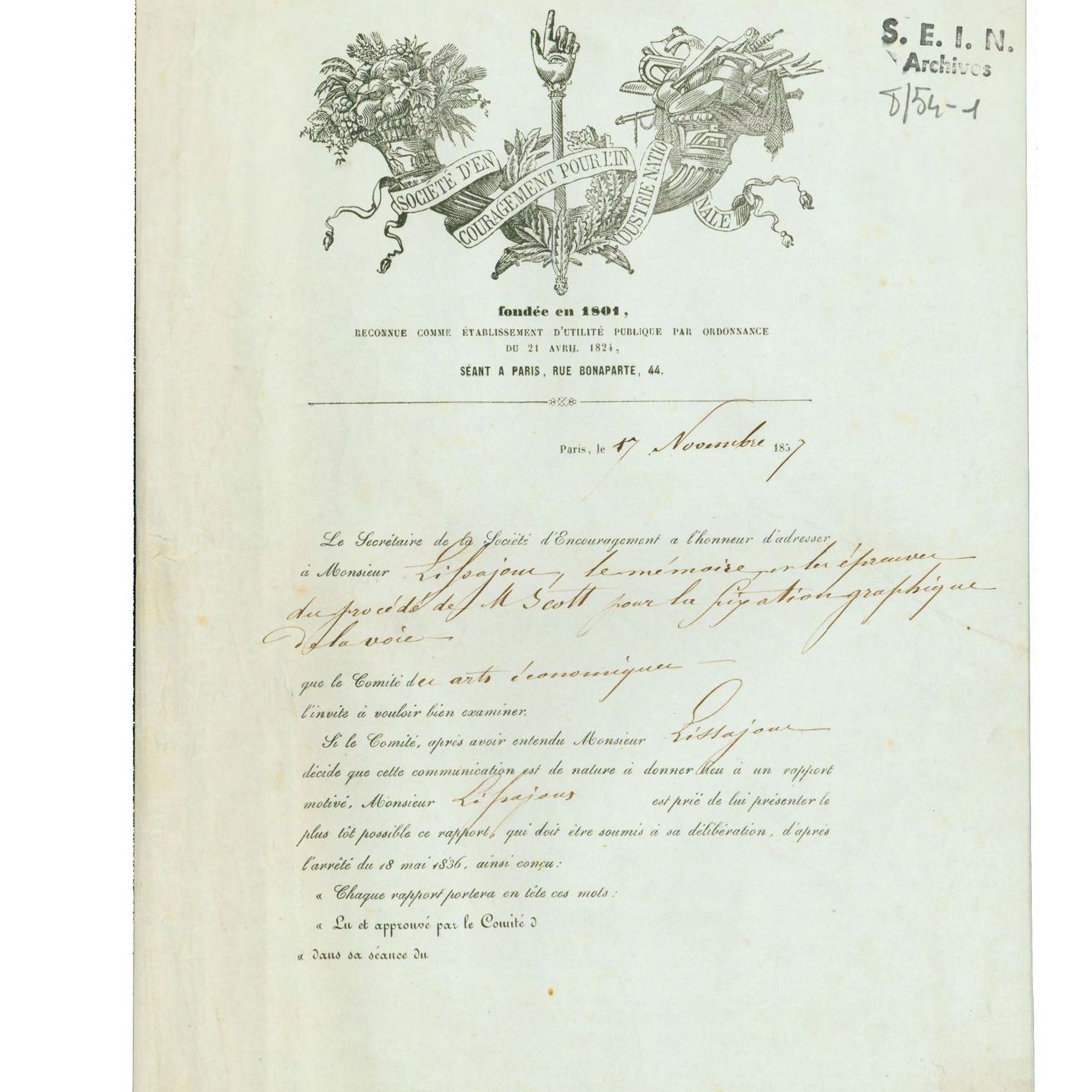
M. Scott’s Procedures for the Graphic Fixation of the Voice (1857); Jules Lissajous’ Report to the Society (1858); Phonoautographe et Fixation Graphique de la Voix (1859) Texts
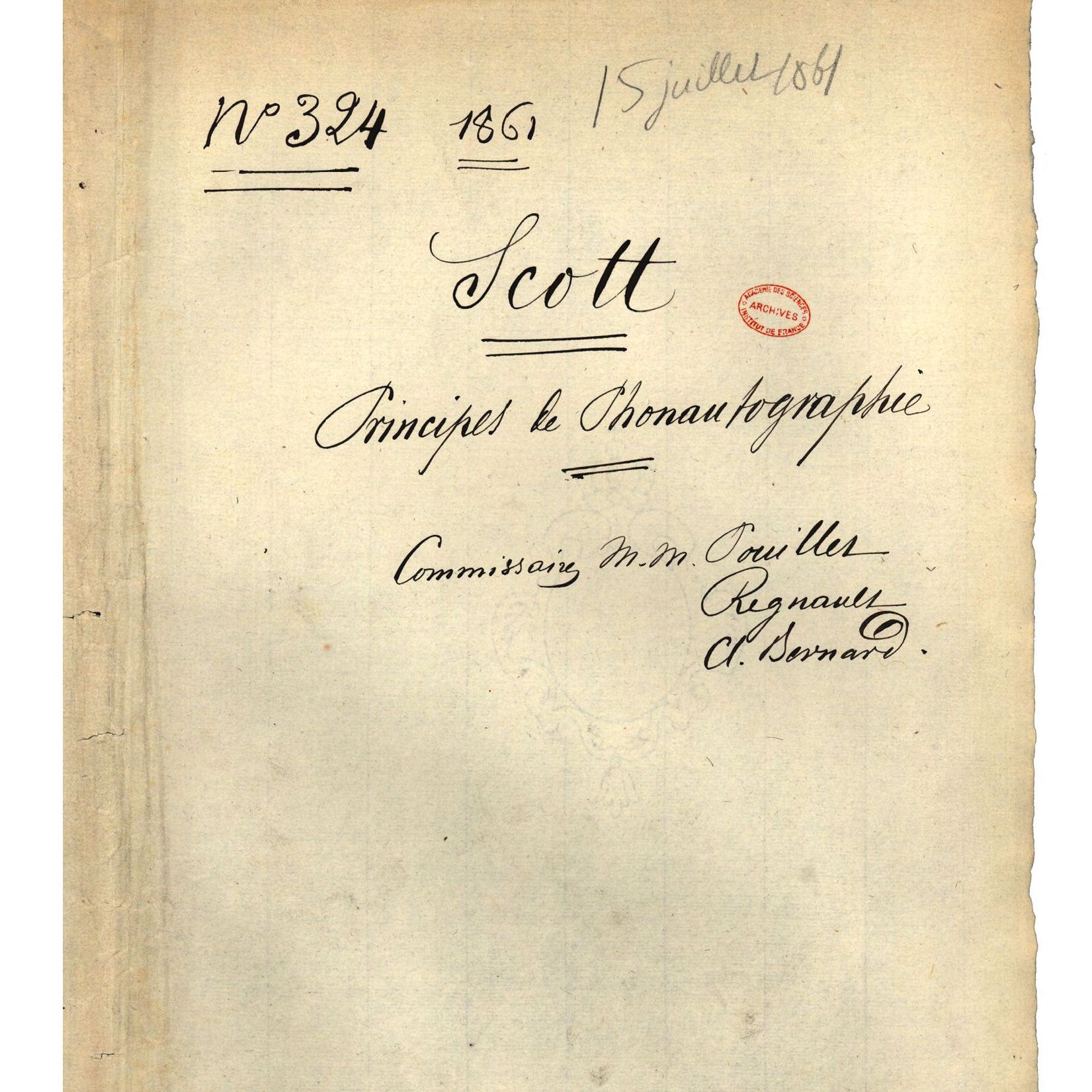
Inscription Automatique des Sons de l’Air au Moyen d’une Oreille Artificielle (1861) Texts
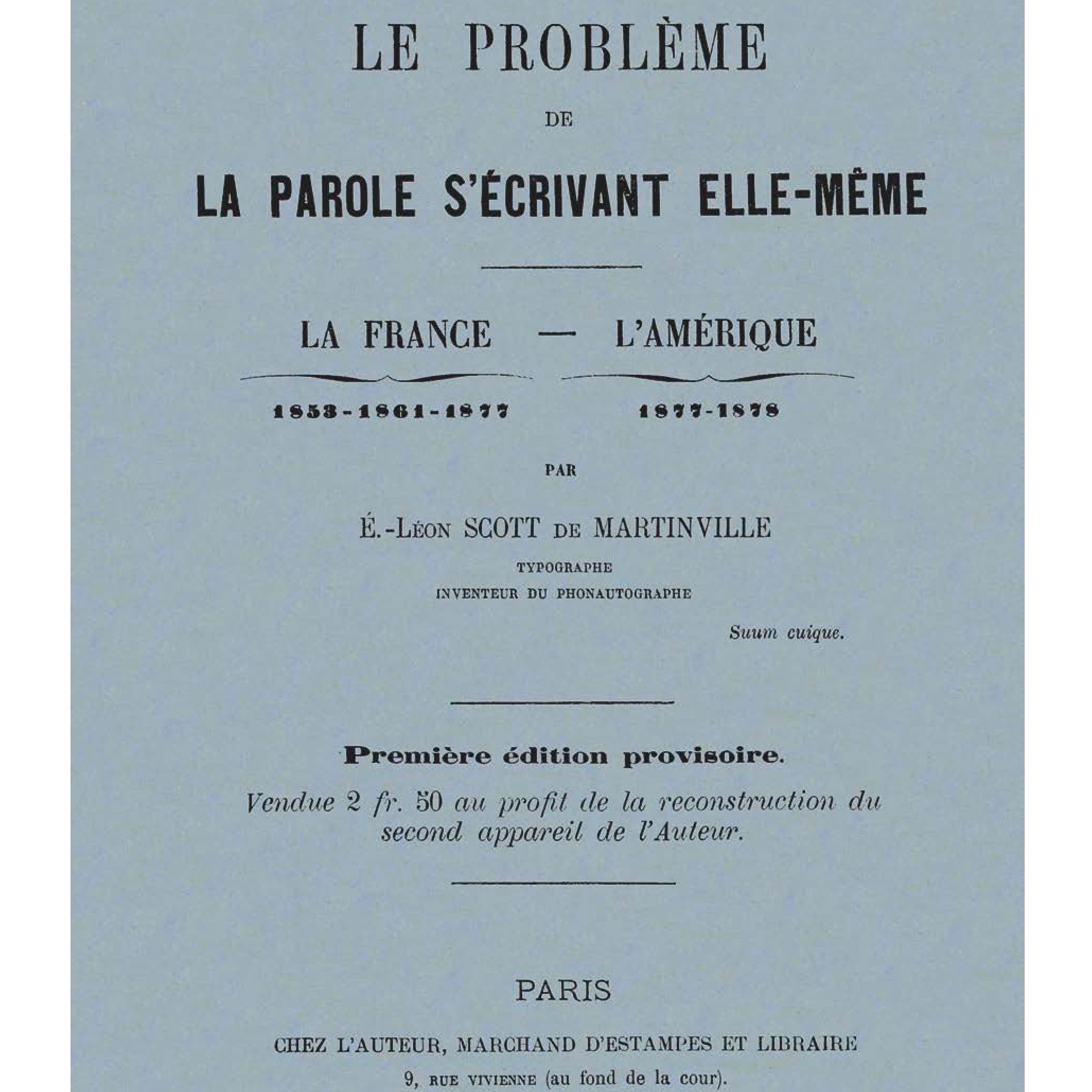
Le Problème de La Parole s’Écrivant Elle-Même (1878) Texts
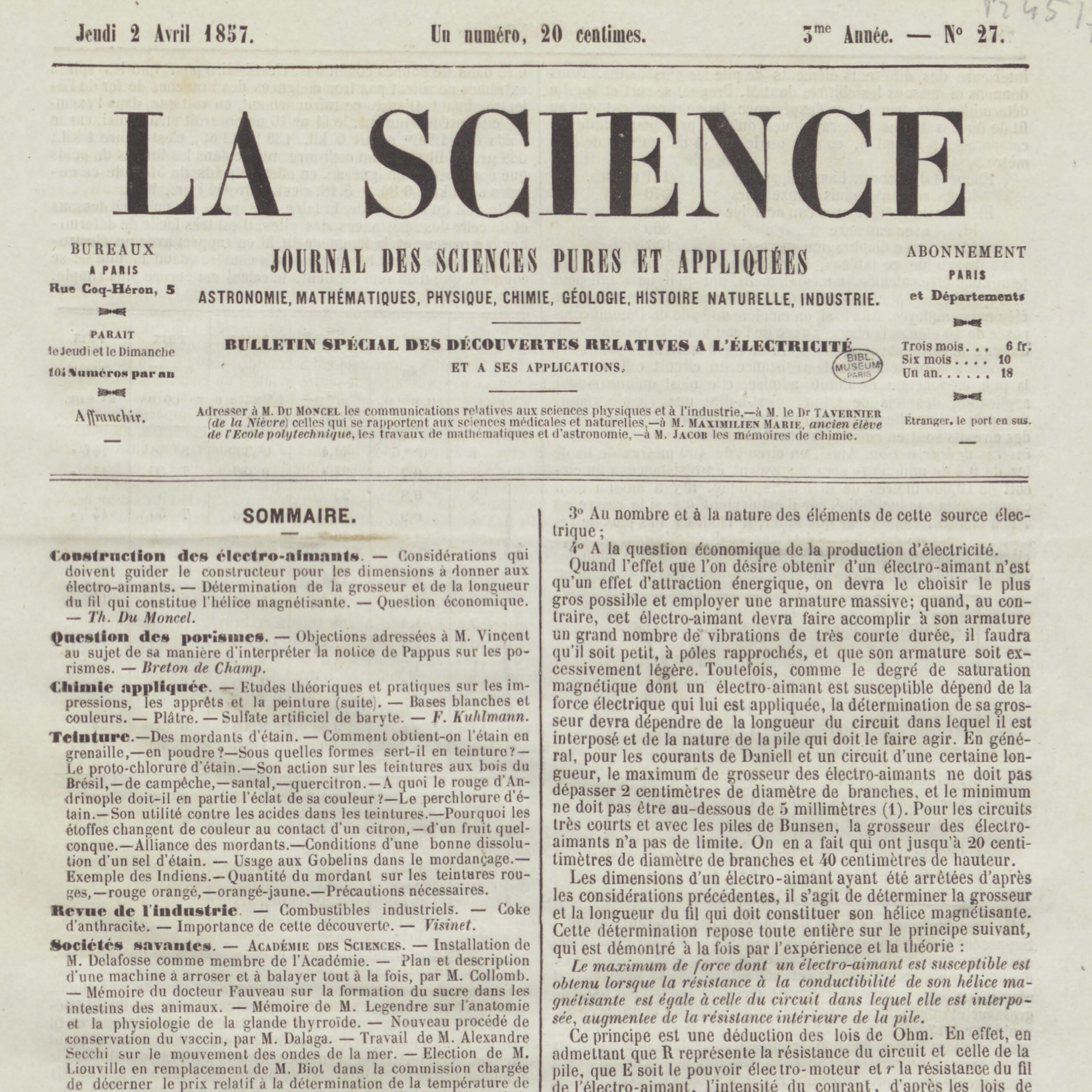
La Science Vol. 3, no. 27, 1857 Texts
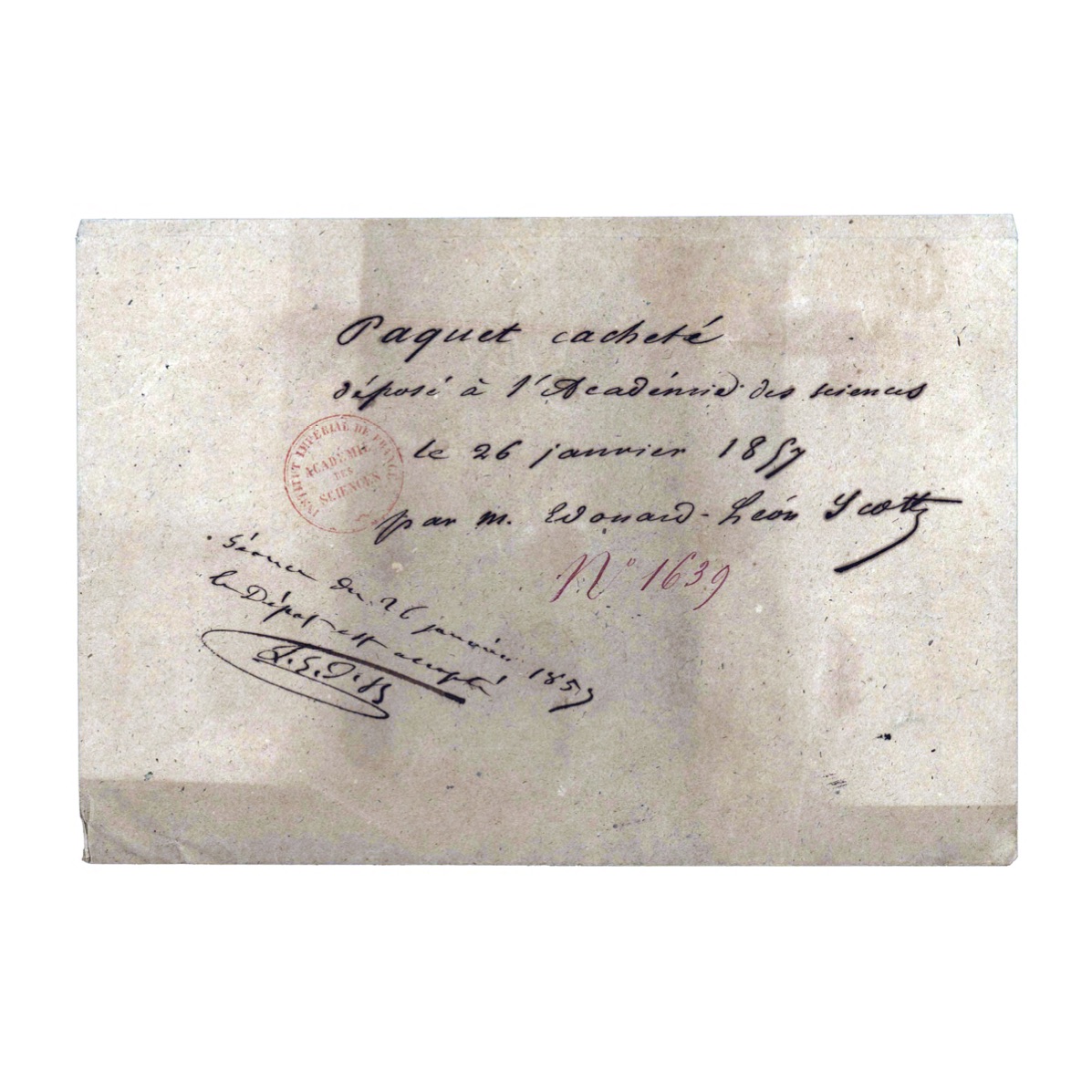
Principes de Phonoautographie Texts
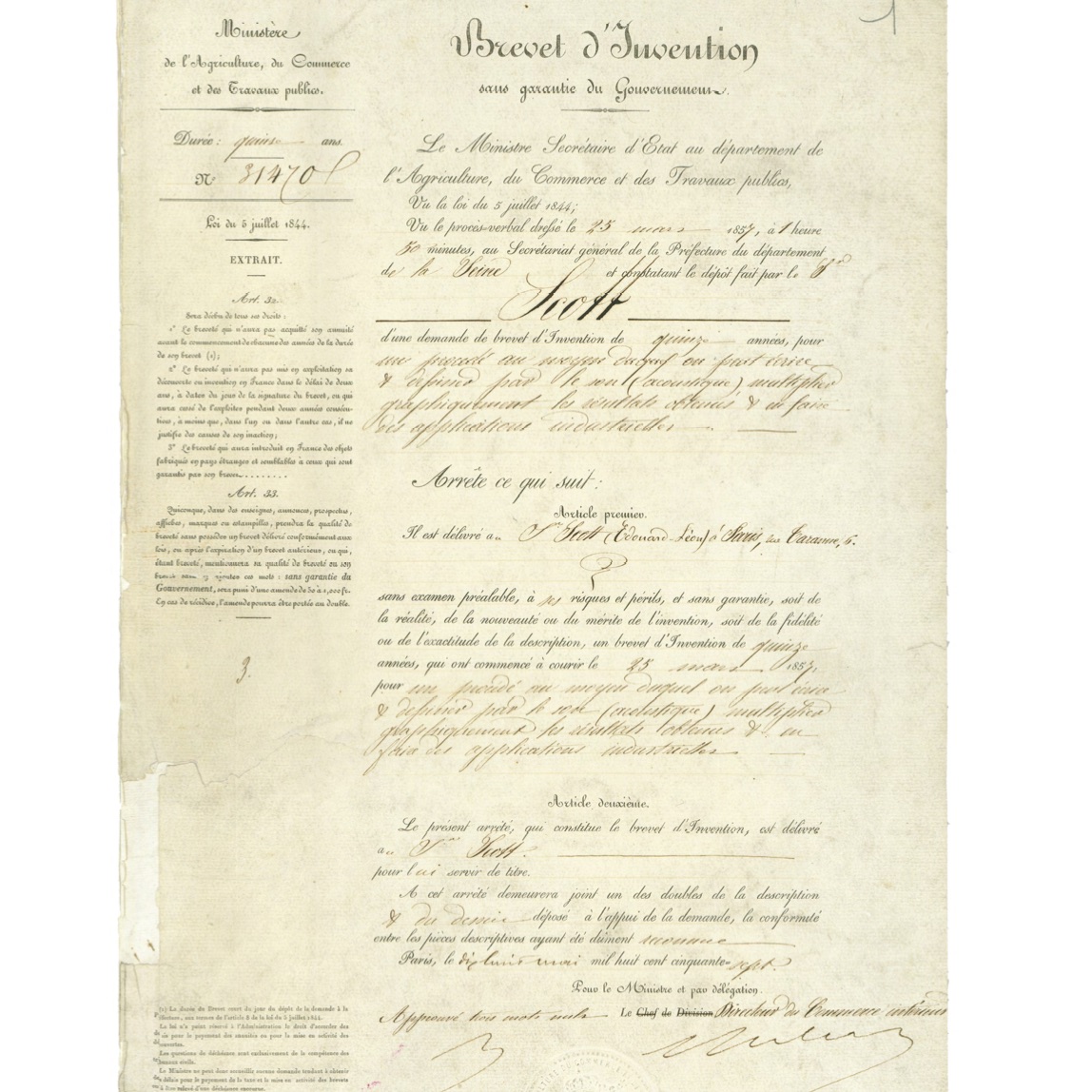
Brevet d’Invention (1857)/ Certificat d’Addition (1859) Texts
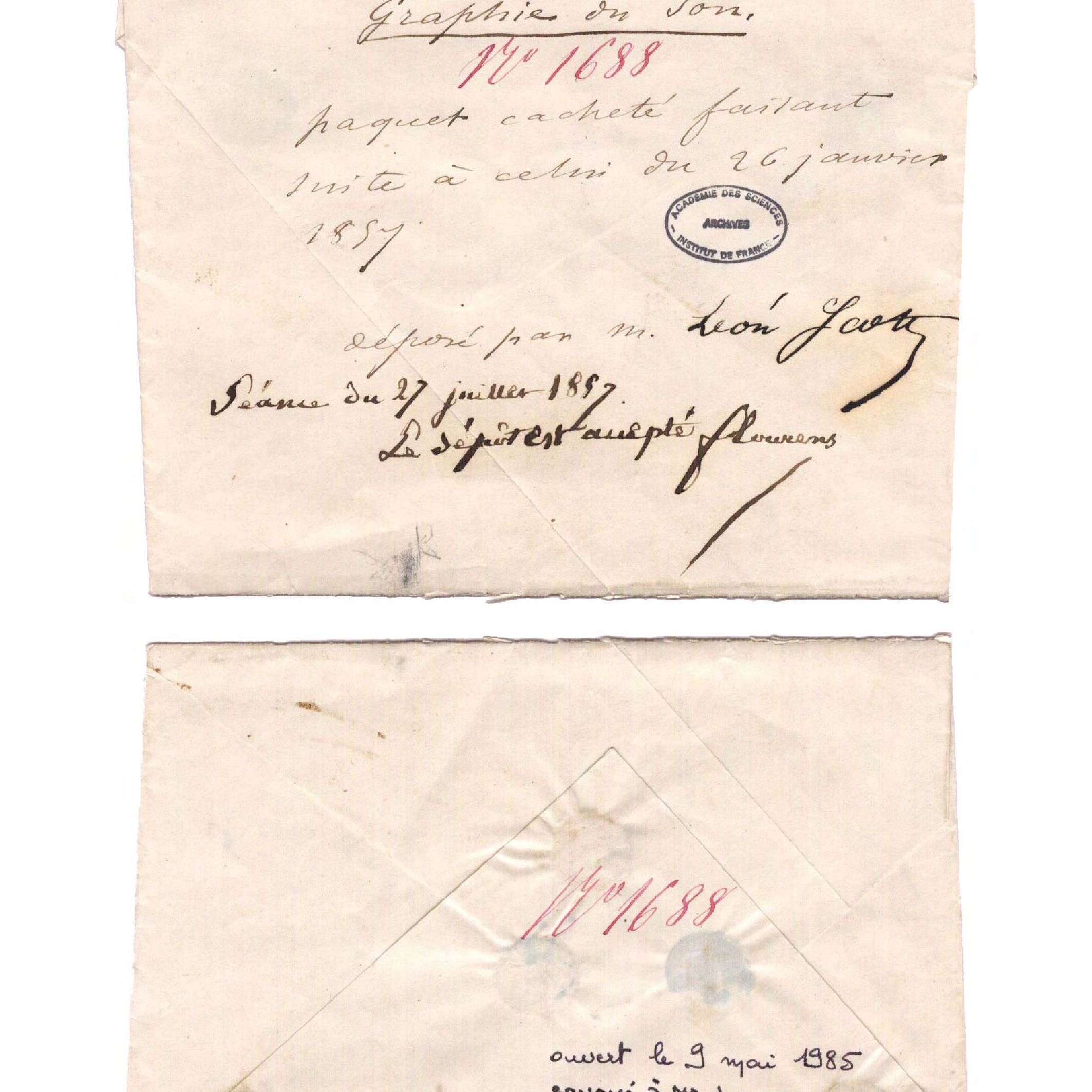
Graphie du Son (1857) Texts
Enigmatic Proofs
The world’s oldest sound recordings are the phonautograms created between 1853 and 1860 by Parisian typographer Édouard-Léon Scott de Martinville for visual study rather than playback. Fifty of these survive in four French archives and libraries, and the conditions of their selection, deposit, and subsequent treatment offer unique insight into pre-Edisonian perspectives on “sound archiving,” to the extent we can use that term for the 1850s and 1860s. Scott framed individual records as documenting specific technical arrangements, use scenarios, and correspondences between sound and trace rather than sounds of intrinsic cultural or scientific interest. Although his phonautograms could be roughly assimilated to the same archival schemes of organization and storage as ordinary writings and drawings, the archival practices of the day left them difficult to access and interpret, practically speaking. They would not become widely recognized as “proofs” of Scott’s accomplishments until the twenty-first century.
© 2015 – 2025 Humboldt-Universität zu Berlin





